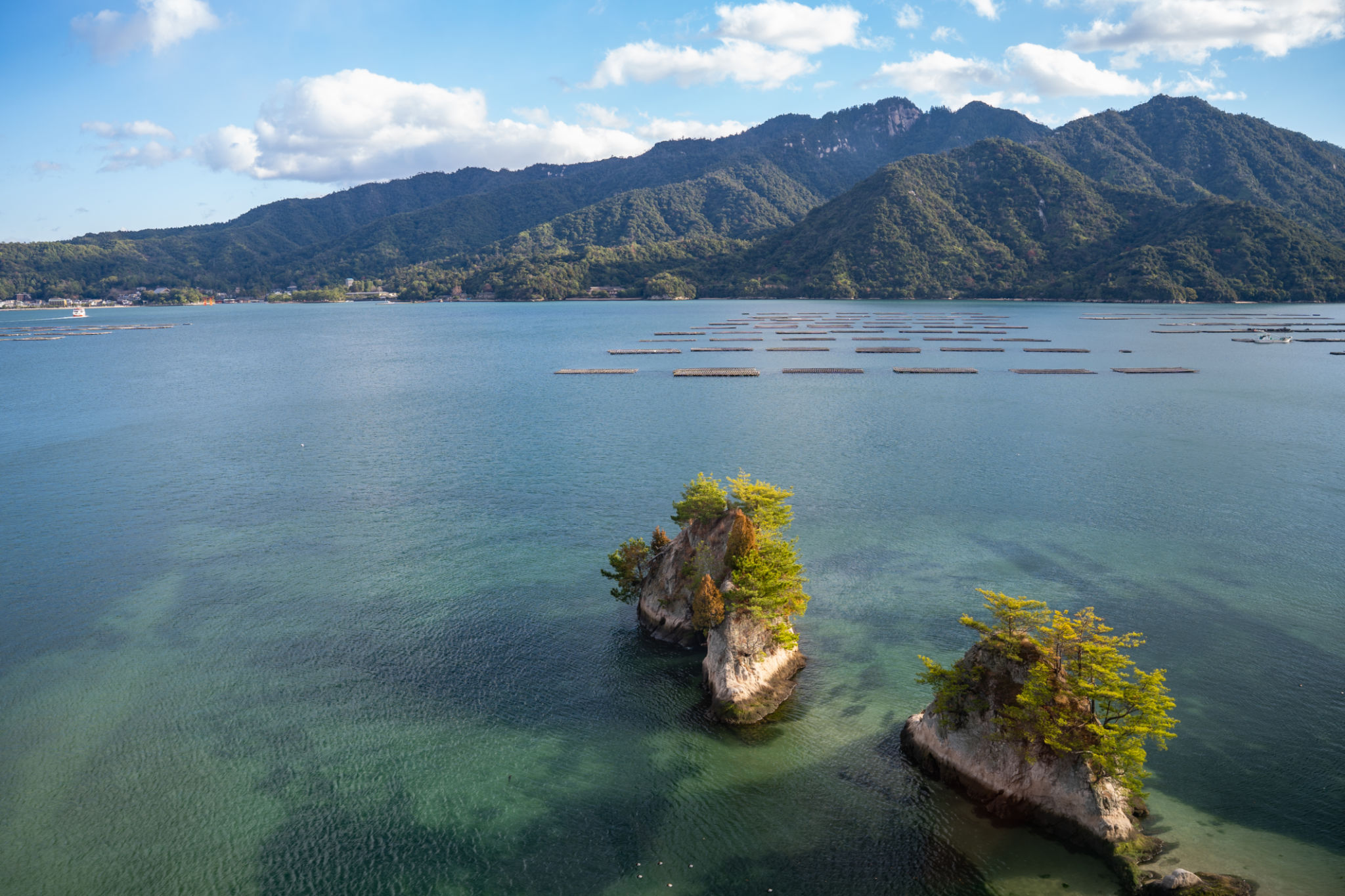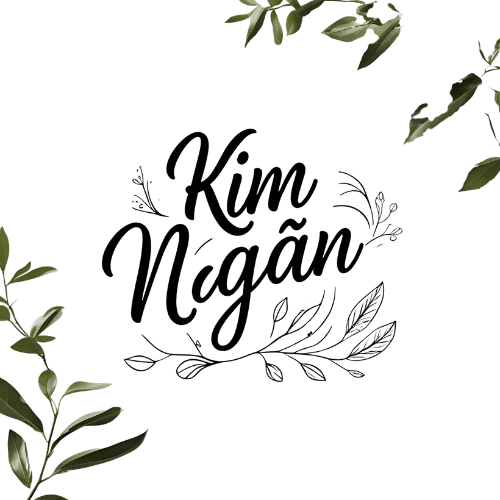🇯🇵 Chugoku – Where History Rests Quietly in Stone and Sea
🇯🇵 Chugoku – Where History Rests Quietly in Stone and Sea
Japan Travel Guide – By Region
Some places shout with beauty.
Others whisper with memory.
Chugoku is the latter—where Japan’s soul walks softly beside the sea.
1. Overview & Highlights
Tucked in the western end of Honshu Island, Chugoku is a region often skipped by fast travelers—but quietly remembered by those who take the time. Here, history is not told, it is felt: in the stones of Hiroshima’s Peace Memorial Park, in the still canals of Kurashiki, and in the sea winds brushing over Tottori’s golden dunes.
It’s a region shaped by silence—of loss, resilience, and deep tradition. Yet it also offers raw coastal beauty, sacred shrines, and some of the most peaceful towns in all of Japan.
Highlights:
– Hiroshima & the Peace Memorial Park
– Izumo Taisha – one of Japan’s oldest and holiest Shinto shrines
– Kurashiki Bikan – preserved Edo-era canal town
– Tottori Sand Dunes – a surreal stretch of coastal desert
– Iwami Ginzan – UNESCO-listed silver mine and village
– Adachi Museum – world-renowned Japanese garden art
2. Culture & People
Chugoku is where you feel Japan’s historical depth most intimately.
The legacy of Hiroshima’s tragedy has shaped generations—with an enduring message of peace, dignity, and hope. Meanwhile, ancient towns like Matsue or Hagi carry centuries of architecture, folklore, and samurai spirit—untouched by time.
People here often feel softer, slower, and deeply rooted. There’s a quiet pride in the way locals guide you to a centuries-old shrine, or serve tea on tatami in a home-turned-café. Chugoku is about human connection beyond words.

3. Must-Try Foods
Okonomiyaki (Hiroshima-style) – a savory pancake layered with cabbage, noodles, and love
Shijimi clams from Lake Shinji – often served in miso soup, packed with umami
Wagashi (traditional sweets) from Matsue – a city known for its tea culture
Tottori pears – incredibly sweet and juicy
Fresh seafood – especially snow crab and mackerel on the San’in coast
Meals here are humble yet elegant, often made with regional ingredients and family recipes passed down generations.
4. Travel Tips
Best time to visit:
Spring (Mar–May) for cherry blossoms
Autumn (Oct–Nov) for golden leaves and soft light
Getting there:
Hiroshima has an airport and Shinkansen connection
Other areas may require slower trains or buses
Travel tip:
Many spots are off the beaten path—renting a car is ideal for exploring rural areas
Language:
English is limited in countryside towns—download Google Translate or carry a phrasebook
Connectivity:
Bring a pocket Wi-Fi or local SIM card
5. Recommended Clothing
Spring/Autumn: Light layers, a windproof jacket, and comfortable shoes
Summer: Cool breathable clothes and sun protection (especially in Tottori)
Winter: Warm coat, gloves, and scarf, especially inland or by the coast
6. Best Photo Spots
Atomic Bomb Dome at dusk – poignant and powerful
Kurashiki Bikan Historical Quarter – with stone bridges and willow trees
Tottori Sand Dunes – golden waves meeting the sea
Izumo Taisha Shrine – ancient and quiet beneath cedar trees
Adachi Museum Garden – a living canvas of Japanese aesthetics
6.1. Must-Visit Places & Experiences
Hiroshima – explore Peace Memorial Park, museum, and nearby Miyajima Island
Kurashiki – charming canals, Edo-era houses, and the Ohara Art Museum
Tottori – sand dunes, sand museum, and untouched beaches
Izumo – visit Japan’s oldest shrine and experience Shinto spirituality
Matsue – lakeside castle town, known for tea, samurai houses, and Lafcadio Hearn
Hagi – coastal town full of samurai heritage and pottery workshops
Iwami Ginzan – hike through forest paths to silver mines and quaint villages
7. Suggested Itinerary (5–6 Days)
Day 1: Arrive in Hiroshima – visit Peace Park & Museum
Day 2: Day trip to Miyajima – Itsukushima Shrine & Mount Misen
Day 3: Travel to Kurashiki – canal walk and art galleries
Day 4: Head to Matsue – castle, tea ceremony, and Lake Shinji
Day 5: Explore Izumo or Iwami Ginzan for history & shrine visits
Day 6 (optional): Relax in Tottori – sand dunes and slow coastal drive
8. FAQs & Sample Costs
Is Chugoku touristy?
Not overly. You’ll find fewer crowds and more authentic experiences compared to Tokyo or Kyoto.
Do I need to speak Japanese?
Not essential, but helpful. Rural areas may have limited English support.
Estimated daily cost:
– Budget: $60–90/day (local transport, guesthouses, basic meals)
– Mid-range: $100–150/day (hotels, car rental, entry fees)
– Luxury: $200+/day (traditional ryokan, guided tours, fine dining)
Chugoku is not the Japan of glossy postcards.
It’s the Japan of memory—where loss has been folded into wisdom, and beauty is often found in quiet places others overlook.
It is the sigh of wind through pine trees at Izumo Shrine.
The glow of lanterns along Kurashiki’s canal at night.
The hush that falls in Hiroshima—followed by birdsong.
And maybe that’s why it stays with you longer than most.
Thank you for walking this gentle road through Chugoku with me.
If your heart seeks stillness, softness, and slow discovery—this is your path.
👉 Want more stories like this? Explore the full Japan Travel Guide series on the blog.
Until the next quiet journey,
Kim Ngân – storyteller & slow traveler
